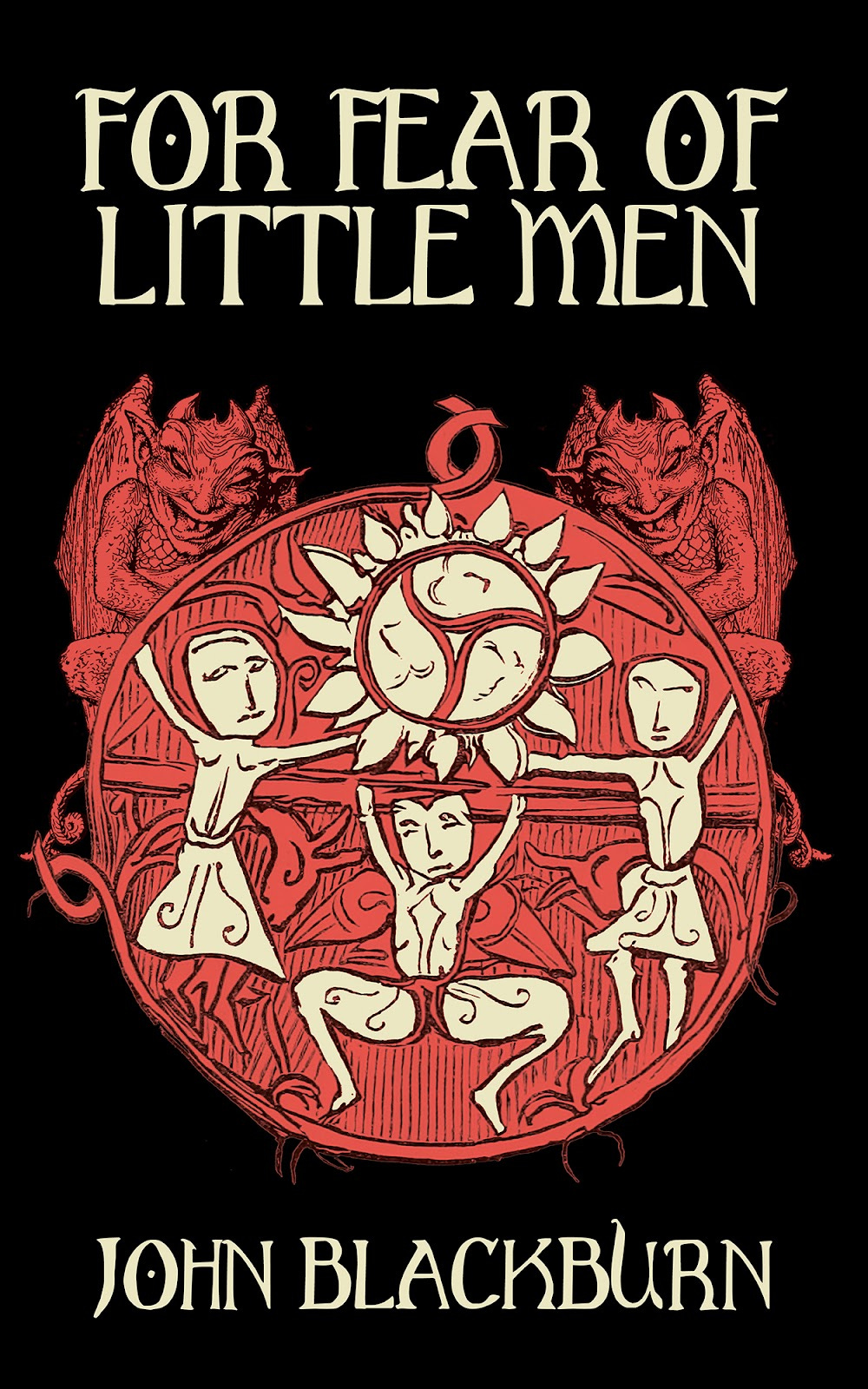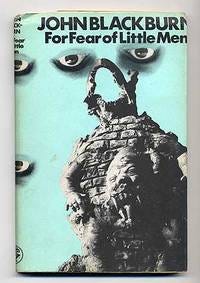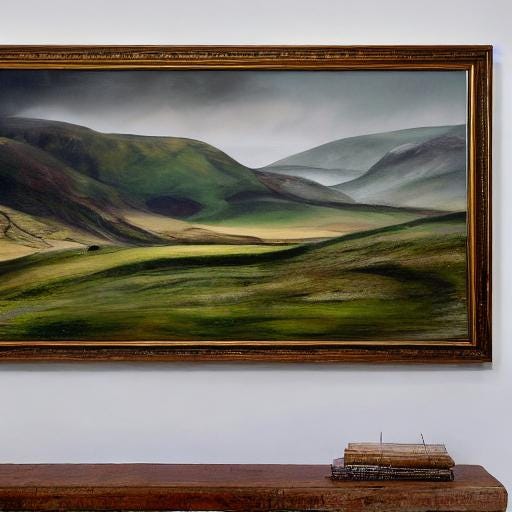Readers unfamiliar with For Fear of Little Men may prefer to read these notes only after reading the novel.
For Fear of Little Men (1972) by John Blackburn
Self-made commercial aviation mogul and innovator Daniel Ryder is finally on the cusp of victory. But bird and fish die-offs begin near his D.R. Products facility in the Treflys valley of Wales. This puts Ryder in the crosshairs of General Charles Kirk of Foreign Office Intelligence. Kirk's job is domestic stability and peace, and in the year of publication 1972 that meant smothering sparks of crisis by any means necessary before they got to Northern Ireland.
Yet D.R. Products’ role in any upset to domestic tranquility will not come in a way Kirk or anyone else could imagine.
Kirk dispatches a member of the Old Boy Network to approach Ryder: Sir Marcus Levin, K.C.B., F.R.S., and recent winner of a Nobel Prize for services to medicine -- aided by his very capable spouse Tania. Blackburn has chosen to make the Levins both Holocaust survivors, which adds a potent layer of twentieth century horror to his narrative context.
Blackburn quickly and efficiently assembles his protagonists in rural Wales.
On a clear day the Snowdon range was visible, to the south lay the peaks of Cader Idris, and dominating everything stood the towering hump of Allt y Cnicht, the Hill of the Knight.
Chasing-and-doing, toing and froing, with murder and threats of murder, and investigations of earlier area killings, commences.
One murder, of a retired judge who lived in the cottage now occupied by the Levins, allows Blackburn to back-fill the reader with some eerie local archeo-historical lore.
‘Daran?’ Tania had questioned Ryder, but the professor answered.
‘Daran, Lady Levin, was the name adopted by all the leaders of that ancient race and their nature is variously described. The Gaels considered them to be demons, but to their followers they were priests and kings, prophets and law-givers with divine powers. One version of the legend has it that they were a single immortal being passing through successive human bodies.
A leader of a visiting team of archaeologists informs the Levins:
‘We hope to find evidence of a civilization that flourished in this area long before the Celts – or Gaels, to give them their correct name – appeared in the British Isles, Sir Marcus....’
‘We have not been able to gather much information locally, Mr Bragshaw.’ There had been an unpleasant pause and Rushton resumed the topic. ‘When we first arrived, people thought we were tourists and they seemed friendly and quite ready to answer our questions. But as soon as they realized we were serious investigators, they changed. They became reticent, even hostile, and their attitude persuades me that our mission will be successful. The people of Treflys’s silence is confirmation that we have come to the right place. They not only believe the legend of an ancient civilization that was wiped out by their ancestors; they are terrified of it.’ He nodded towards Allt y Cnicht. The mist had blown away and the summit loomed over the valley looking exactly like the helmet of some vast stone warrior. ‘Isn’t it true that farmers will not graze sheep or cattle on the northern slopes of that mountain, Mr Ryder?’
‘Perfectly true, but our peasants are not alone in being superstitious witch hunters....’
Hugh Lamb was correct when he praised For Fear of Little Men as one of Blackburn’s four finest novels. The Welsh setting, the accumulation of odd clues and uncanny events, with a village full of locals militantly opposed to anyone unearthing anything on Allt y Cnicht, make it a first-rate thriller.
In the last ten years I have read eight John Blackburn novels. The Valancourt Books campaign to bring so many of his thrillers back into print made that task a pleasure.
In his 2017 study Kiss Kiss, Bang Bang: The Boom in British Thrillers from Casino Royale to The Eagle Has Landed, author Mike Ripley goes to the heart of Blackburn's appeal:
....Blackburn’s thrillers ranged over conventional crime stories and spy thrillers to science fiction and horror, often combining all the elements. Most of his thrillers featured the veteran Intelligence boss General Kirk and prominent scientist Marcus Levin, and many reflected the contemporary fear of biological warfare, (a subject given a masterly Gothic twist and a Cold War setting in A Ring of Roses in 1965 which was possibly Blackburn’s most successful thriller). Sadly neglected is his 1967 historical novel The Flame and the Wind about an investigation – conducted as if George Smiley was in charge – by Roman agents into the background of the recently crucified Jesus Christ.... John Blackburn was the literary bridge between Dennis Wheatley and James Herbert.
For Fear of Little Men is an excellent example of the horror thriller; Blackburn's skill in unobtrusively introducing the supernatural elements into the formula is deftly handled.
Jay
29 June 2023







